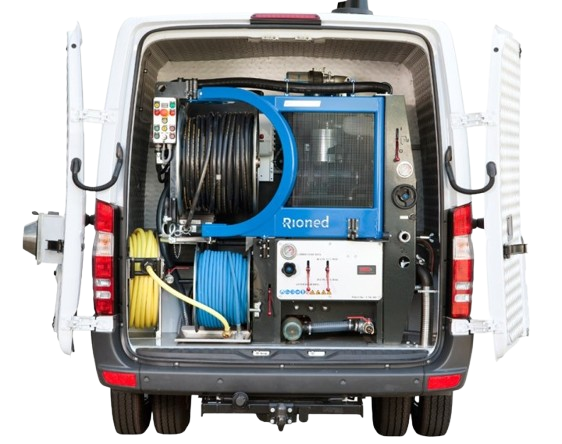24/7 EMERGENCY SERVICES

No matter where you are, we bring the best kitchen sink drain cleaner services to your doorstep. Kitchen drain cleaning in Brooklyn handles urban grease woes, while kitchen drain cleaning in Queens keeps busy households flowing. In Nassau County, our kitchen drain cleaner expertise ensures suburban sinks stay clog-free.
Drain cleaning involves removing clogs, debris, and buildup from pipes to restore proper water flow. It ensures smooth drainage, prevents blockages, and protects plumbing systems from damage. Professional drain cleaning uses tools like hydro jetting or augers for efficient and lasting results.
Design & Develop By websiTick